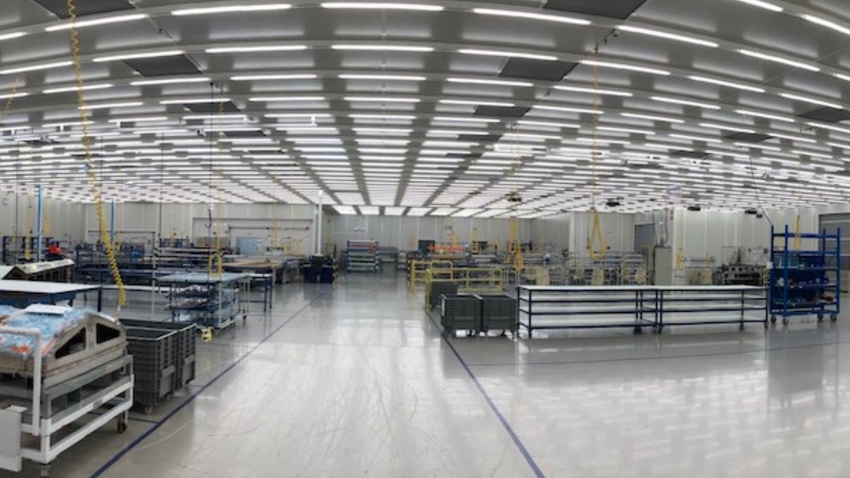DOD Awards $3.7 Million to Enhance Advanced Thermoplastics Production
Qarbon Aerospace will use the funding to develop thermoplastic composite structures for defense aviation components requiring icing protection.
December 28, 2023

At a Glance
- Thermoplastics function more efficiently in aircraft “bleed-air” systems
- De-icing of aircraft wing and engine intakes is a major use of bleed air
- Research has long-term potential for civilian aircraft
The US Department of Defense (DOD) has awarded $3.7 million via the Industrial Base Analysis and Sustainment (IBAS) program to Qarbon Aerospace to design and manufacture advanced lightweight continuous-fiber thermoplastic composite structures for national defense aviation applications.
Ensuring US manufacturing leadership
“The establishment of robust and resilient supply chains is a critical element of DOD’s strategic approach to creating a modernized industrial ecosystem,” said Dr. Laura Taylor-Kale, Assistant Secretary of Defense for Industrial Base Policy. “This award represents another vital step by the department to strengthen advanced capabilities by continuing to pursue novel processes that will ensure the US remains a leader in manufacturing technologies.”
Icing protection
This award will help Qarbon Aerospace focus on the design, development, and manufacture of a thermoplastic composite structure for defense aviation components requiring icing protection. The use of composites eliminates the loss of efficiency typically associated with conventional “bleed-air” systems and provides significant flexibility when optimizing assembly of different components or aircraft. Composites also offer improved manufacturing, durability, reliability, and maintenance.
Bleed air is compressed air extracted from the compressor stage of a gas turbine, upstream of its fuel-burning sections, for use in other aircraft functions such as cabin pressurization and, in the current case, heating of engine intakes to prevent ice from forming, accumulating, breaking loose, and potentially penetrating the engine and causing damage. Bleed air is also used for wing de-icing in military and commercial aircraft. In the latter, it is also used to pressurize lavatory water storage tanks.
To date in 2023, the Innovation Capability and Modernization (ICAM) office, which manages the IBAS program, has made awards totaling nearly $700 million. ICAM is part of the Assistant Secretary of Defense for Industrial Base Policy’s Manufacturing Capability Expansion and Investment Prioritization (MCEIP) directorate, in the Office of the Deputy Assistant Secretary of Defense for Industrial Base Resilience. The OASD (IBP) works with domestic and international partners to forge and sustain a robust, secure, and resilient industrial base to enable the manufacture of fighter aircraft.
You May Also Like


